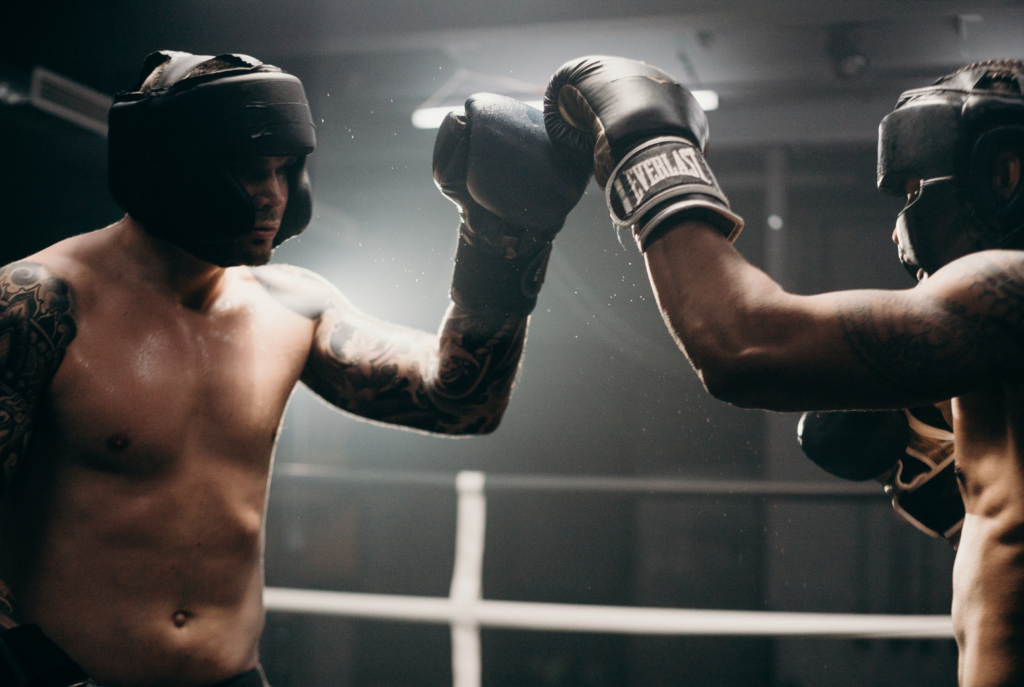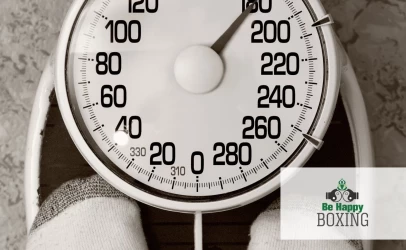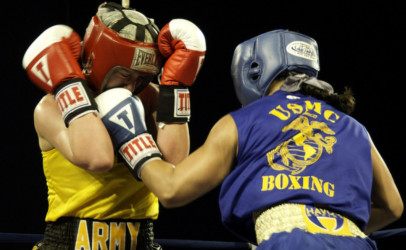In the electrifying world of boxing, where precision and strategy reign supreme, one often-overlooked aspect can make or break a fighter’s defense – hand positioning. In this guide, we’ll delve into the critical importance of keeping your hands up in boxing, not only for offensive opportunities but, more importantly, for defensive prowess and injury prevention.
The Fundamentals of Hand Positioning
The fundamentals of hand positioning in boxing are essential for both defensive and offensive strategies. Here are the key elements:
Stance
A proper boxing stance lays the foundation for effective hand positioning. Stand with your feet shoulder-width apart, one foot slightly ahead of the other. Distribute your weight evenly on the balls of your feet, allowing for quick movements in any direction, and keep your knees slightly bent, enhancing your mobility and stability.
Guard
Your guard is your primary defensive tool. Place your hands in front of your face with your elbows close to your body. Position your lead hand (left hand for orthodox stance, right hand for southpaw) at eye level, protecting your face. The rear hand should be positioned near the cheek, providing additional coverage to the opposite side of your face.
Chin Tuck
Keep your chin tucked down towards your chest to minimize the risk of getting caught with a punch. Avoid exposing your chin by maintaining a compact and protective posture.
Flexibility
Your hand positioning should be dynamic, adjusting according to your opponent’s movements and the situation in the ring. Maintain flexibility in your arms, allowing for swift defensive maneuvers and seamless transitions between offense and defense.
Visual Focus
Keep your eyes on your opponent at all times. Visualize an imaginary line from your eyes to your opponent’s chest. Peripheral vision is crucial, enabling you to anticipate and react to incoming punches.
Elevation
Keep your hands up at all times, mainly when you’re not actively throwing punches. This provides a constant barrier against your opponent’s attacks. Strive to keep your hands close to your face, minimizing the distance an opponent’s punch needs to travel to land.
Balance
Balance is integral to effective hand positioning. Distribute your weight evenly between both legs, ensuring you can move in any direction seamlessly. Avoid leaning too far forward or backward, as this compromises your stability.
Relaxation
While maintaining a protective guard, avoid unnecessary tension in your arms and shoulders. Stay relaxed to conserve energy and facilitate quicker movements. Tense muscles can slow down your reflexes.
Adaptability
Adapt your hand positioning based on your opponent’s style and tactics. For example, if your opponent favors body shots, you may need to lower your guard slightly to protect the midsection.
Continuous Improvement
Regularly practice and refine your hand positioning through shadow boxing, bag work, and sparring. Work with your coach to identify areas for improvement and incorporate targeted drills into your training routine.
Mastering these fundamentals ensures that hand positioning becomes second nature, allowing you to focus on the dynamic dance of offense and defense in the boxing ring.
Special Secret for Keeping Your Hands Up
There is a very simple trick that will help you keep your hands up. All you need to do is gently incline your upper body forward ever so slightly, and you’ll find that your tendency to lower your hands will diminish.
The underlying principle is balance. Your body is in a constant pursuit of equilibrium, and here’s how it plays out:
- When you lean backward, your hands and arms instinctively move forward or drop lower to counterbalance the shift in your upper body.
- Conversely, a forward lean prompts your hands and arms to naturally rise or move backward, harmonizing with the equilibrium of your upper body.
In essence, this subtle adjustment leverages your body’s inherent balancing mechanisms, influencing the positioning of your hands in a way that aligns with the equilibrium of your upper body.

Common Mistakes in Hand Positioning
In the intricate realm of boxing, mastering proper hand positioning is crucial for effective defense and offense. However, it is common to make mistakes in hand positioning that boxers need to start correcting. Some of these are:
Dropping Hands During Fatigue
As fatigue sets in, there’s a tendency for fighters to gradually drop their hands, leaving the face and body vulnerable. Lowered guard exposes critical areas to potential strikes, increasing the risk of absorbing damaging blows.
Overcommitting to Punches and Neglecting Defense
In the heat of offensive maneuvers, some fighters overcommit to punches, neglecting to maintain a protective guard. This leaves openings for opponents to exploit, capitalizing on moments of vulnerability created by an inadequate defense.
Lack of Awareness of Hand Position During Sparring
Failing to maintain spatial awareness of hand position during sparring, resulting in inadvertent drops or positioning lapses. Without attentive hand positioning, opponents can exploit gaps in defense, potentially landing effective strikes.
Inconsistent Guard Maintenance
Some fighters may intermittently neglect their guard, especially when transitioning between offensive and defensive phases. Inconsistency in guard maintenance exposes opportunities for opponents to capitalize on moments of vulnerability.
Leaning Backwards
Leaning backward during a bout, often as a defensive instinct, can compromise proper hand positioning. This posture exposes the chin, limits punching power, and makes it challenging to maintain balance, leaving the fighter susceptible to various risks.
Allowing Hands to Drift Away from the Face
Allowing hands to drift too far from the face, either due to fatigue or lack of focus, compromises defensive integrity. Increased distance from the face makes it easier for opponents to land direct hits, posing a significant threat.
Favoring One Side Over the Other
Consistently favoring one side over the other in terms of hand positioning can create predictability. Opponents can exploit the favored side, making it easier to strategize and execute effective attacks.
Tension in the Shoulders and Arms
Holding excessive tension in the shoulders and arms, especially during defensive postures, can impede fluid movement. Tension reduces the responsiveness of defensive maneuvers, hindering the fighter’s ability to effectively counter and evade.
Failure to Adjust Hand Position According to Opponent’s Style
Neglecting to adapt hand positioning based on the opponent’s style and tactics. Lack of adaptability can result in a less effective defense against opponents employing varying offensive strategies.
Leaving the Chin Exposed
Allowing the chin to protrude or remain unguarded during defensive stances. An exposed chin becomes a vulnerable target, increasing the risk of sustaining impactful and potentially fight-ending punches.
Awareness of these common mistakes is essential for boxers to refine their techniques, strengthen their defenses, and minimize vulnerabilities during matches. Regular training and focused attention on hand positioning contribute to a more effective and resilient boxing performance.





